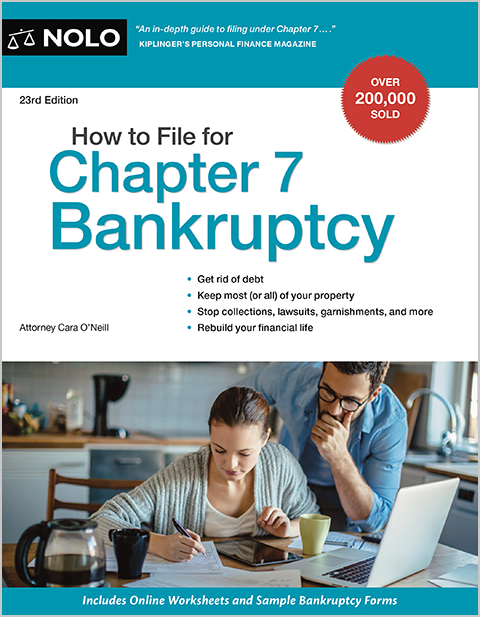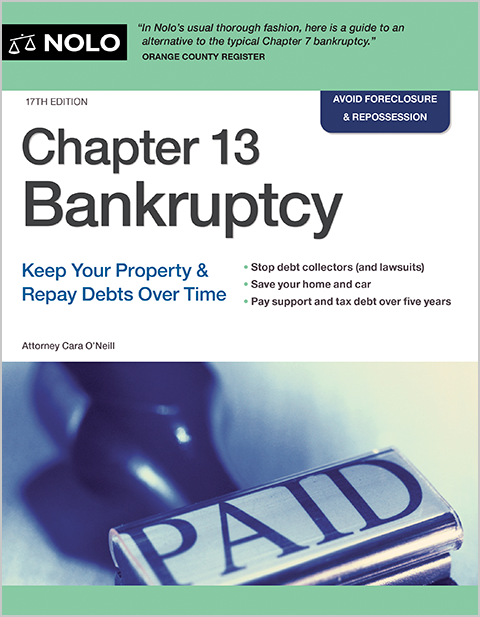If your car is worth less than the debt you owe on it, you may be able to lower, or "cram down" the loan principle. Here's how it works.
If your car is worth less than what you owe, you might be able to use a Chapter 13 bankruptcy "cramdown" to reduce the balance and interest rate on your car loan. Read on to learn what a cramdown is and how it works in Chapter 13 bankruptcy.
For more, see Your Car in Chapter 13 Bankruptcy: An Overview.
Reducing a Car Loan With a Cramdown
After you buy a car, its value "depreciates" or goes down. It's not uncommon to end up with a car loan balance that's greater than what your car is worth—especially if you took out a high-interest loan, paid more than its value, rolled over a previous loan balance into the current contract, or purchased a car that loses value quickly.
In some instances, filing for bankruptcy can help. You can reduce your loan balance to the value of your vehicle in a process known as a Chapter 13 cramdown. Find out what would happen to your car in Chapter 7 bankruptcy.
How Cramdowns Work
Cramdowns are available in Chapter 13 bankruptcy only—you cannot cram down a car loan in Chapter 7 bankruptcy.
In a Chapter 13 bankruptcy, you propose a repayment plan to pay back your creditors over three to five years. In your plan, you can propose that your car lender receive the value of your car instead of the entire loan balance if you can meet certain conditions.
For example, say you took a $30,000 loan to buy a new car in 2020. In 2023, the car you bought depreciated in value to $10,000, but your loan balance only went down to $20,000. Only $10,000 of the loan is "secured" because if the lender repossessed your car and sold it, it would only receive $10,000 or its "replacement value." This is where a cramdown can help you.
In your Chapter 13 plan, you can propose to pay your lender only the car's replacement value. So, in the above example, you can cram down the balance of your loan to $10,000, the value of your car, and tell your lender this is all you are going to pay.
What Happens to the Remaining Car Loan Balance
The unpaid portion of your loan will receive the same treatment in your Chapter 13 plan as your other nonpriority unsecured debts, such as credit cards and medical bills. Since most Chapter 13 plans pay little or nothing to these creditors, your car lender will likely receive nothing or pennies on the dollar on the remaining balance of your loan. After your plan, you'll own the car free and clear. Any unpaid balance of the loan will be discharged (wiped out).
Additional Benefits Of A Cramdown
When you cram down a car loan in Chapter 13 bankruptcy, the law also allows you to lower your interest rate. The interest rate will generally be the prime rate plus a little extra. It will usually be lower than your original car loan rate.
Car Loan Cramdown Limitations
An important restriction on car loan cramdowns exists to prevent people from buying new cars and cramming down their loans shortly after that. To take advantage of a car loan cramdown, you must have purchased the car at least 910 days (about 2½ years) before you filed for bankruptcy.
Want to learn more? Check out Your Car in Chapter 13 Bankruptcy.

